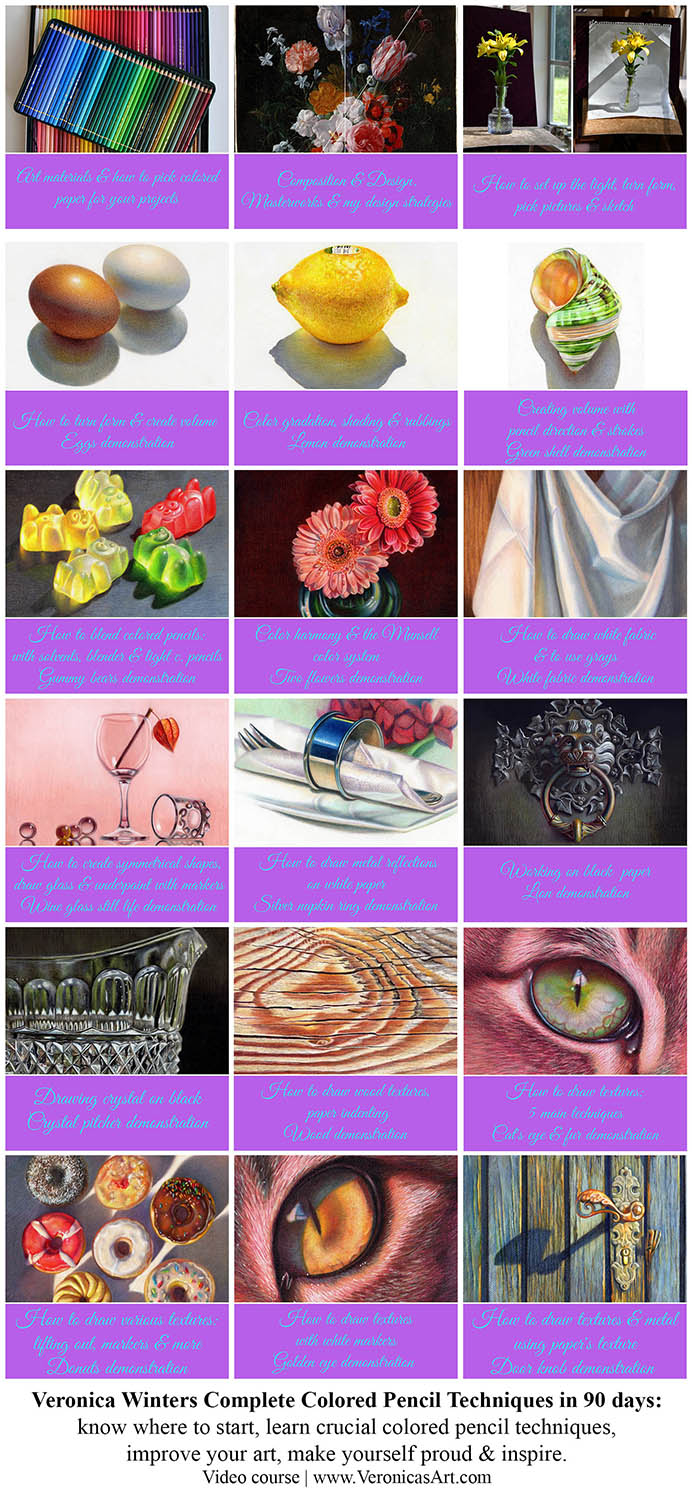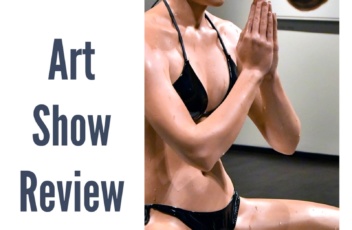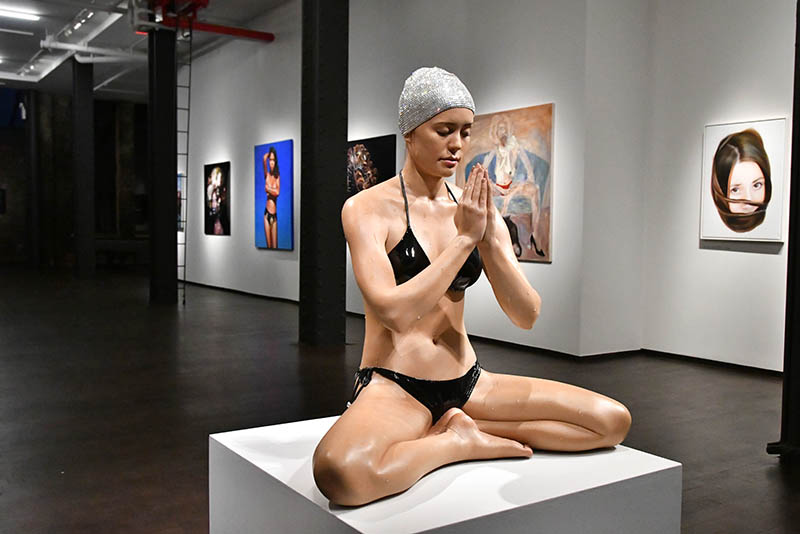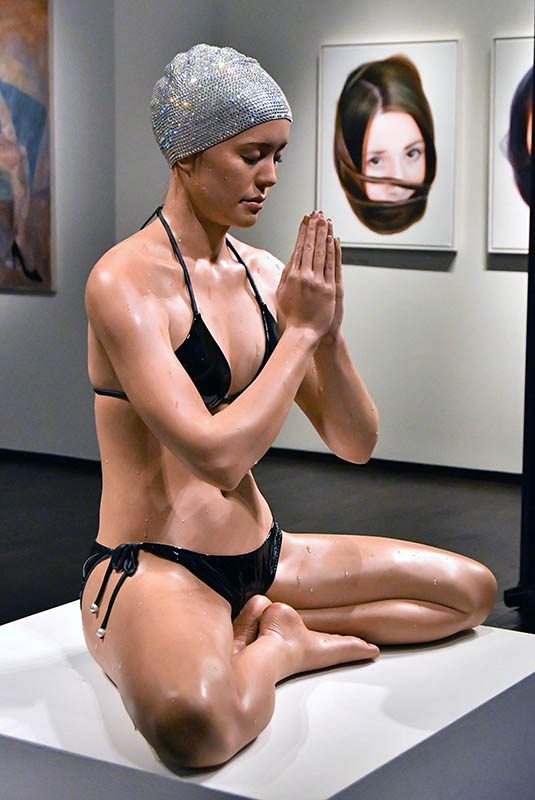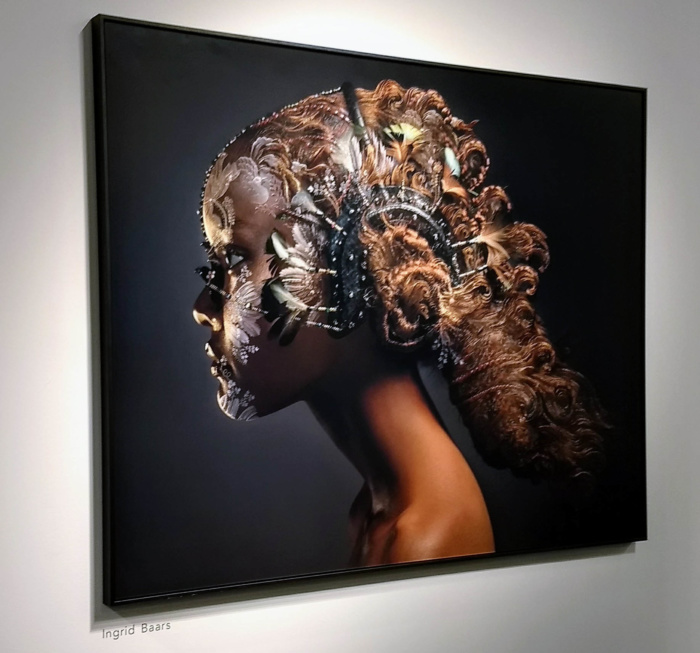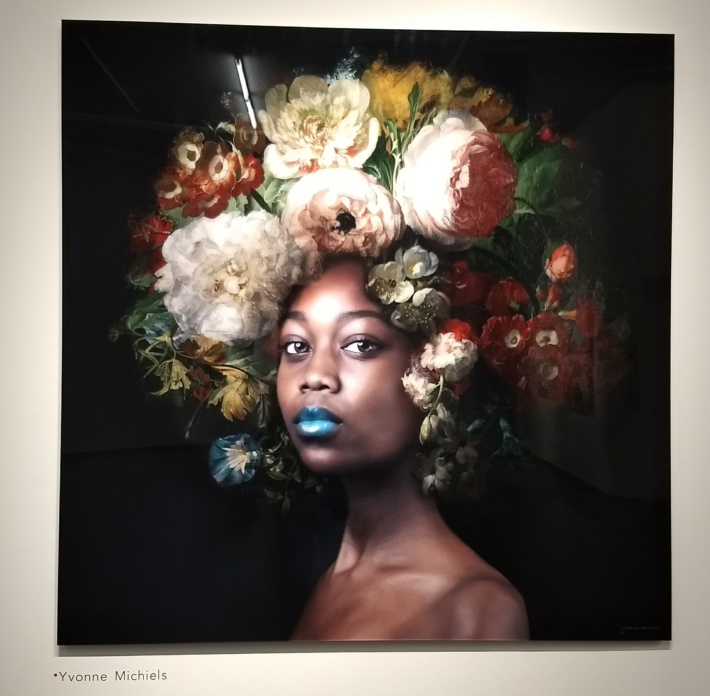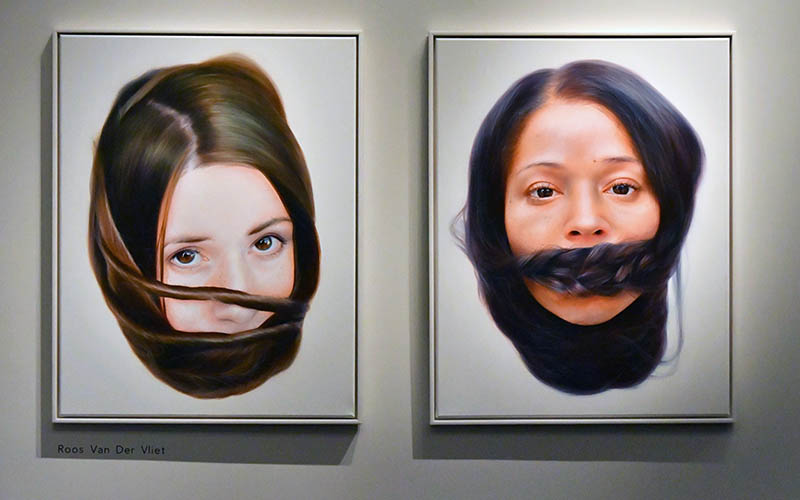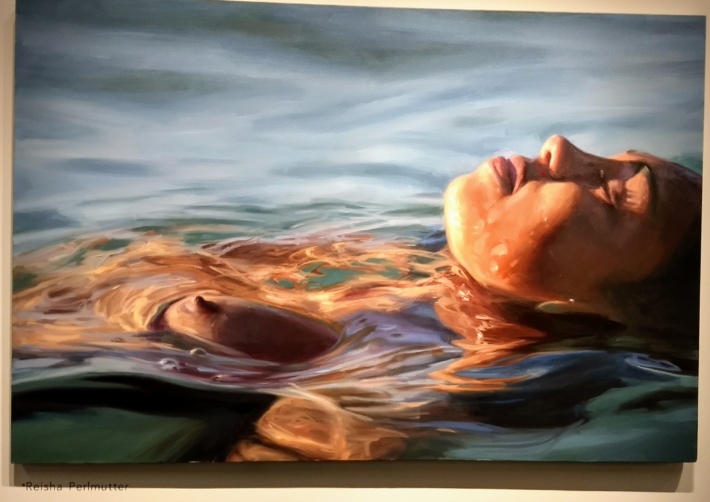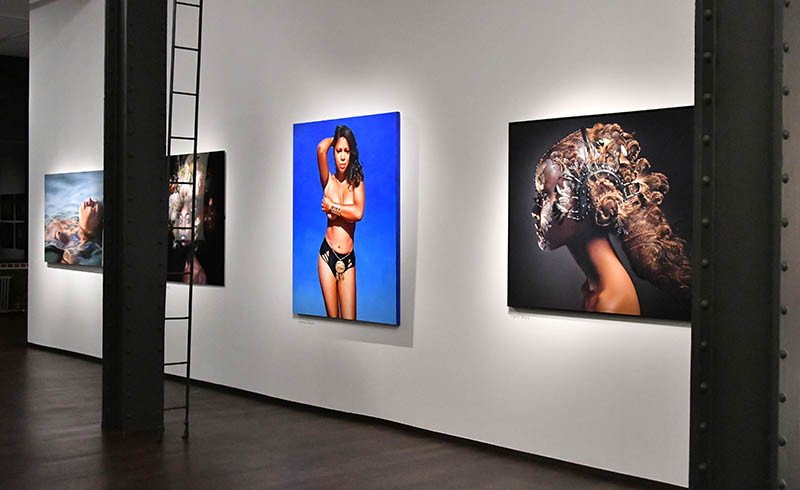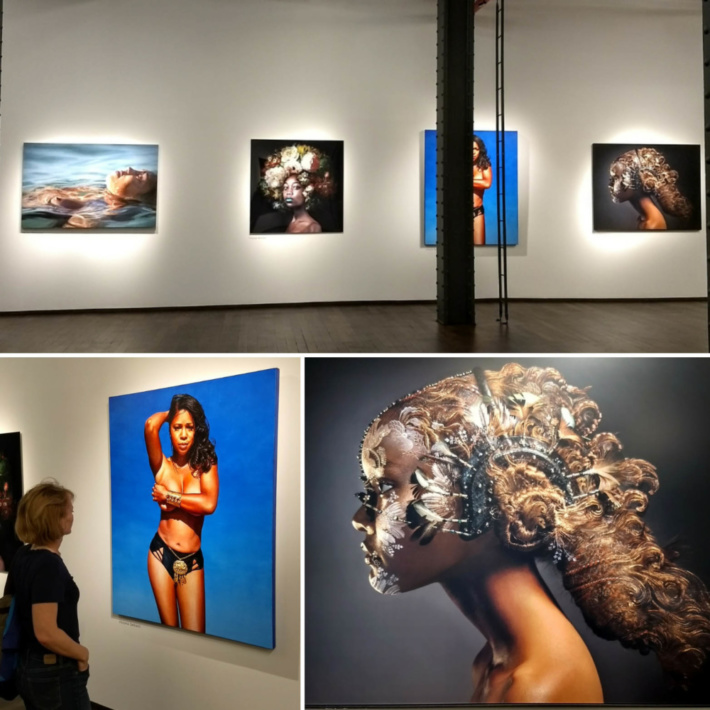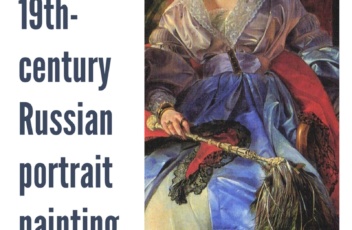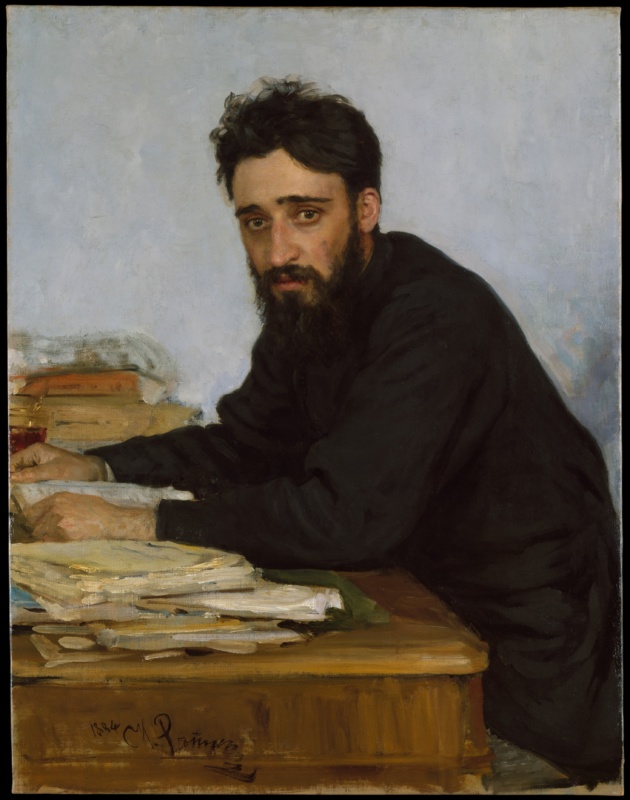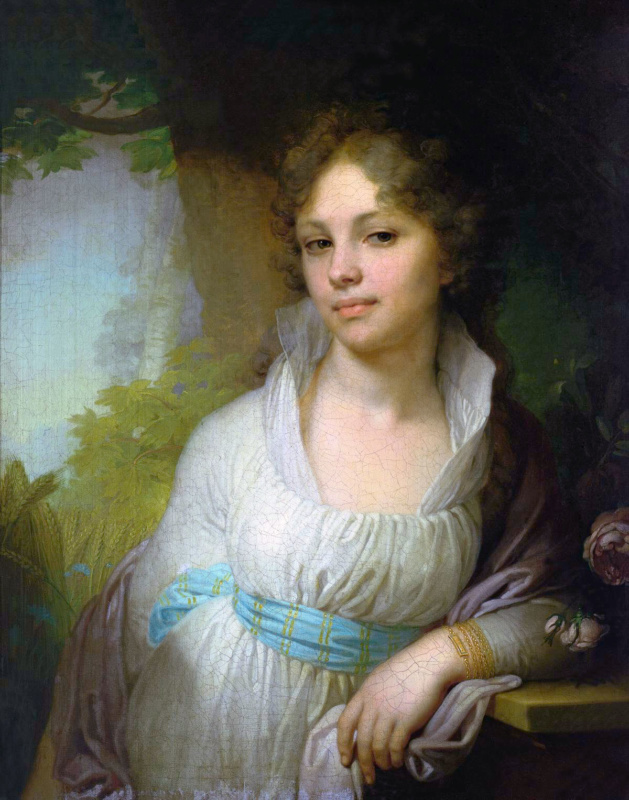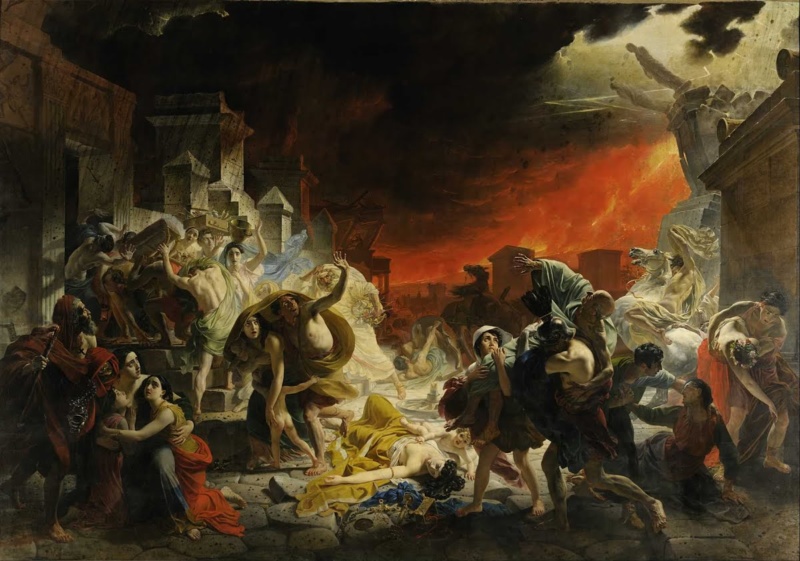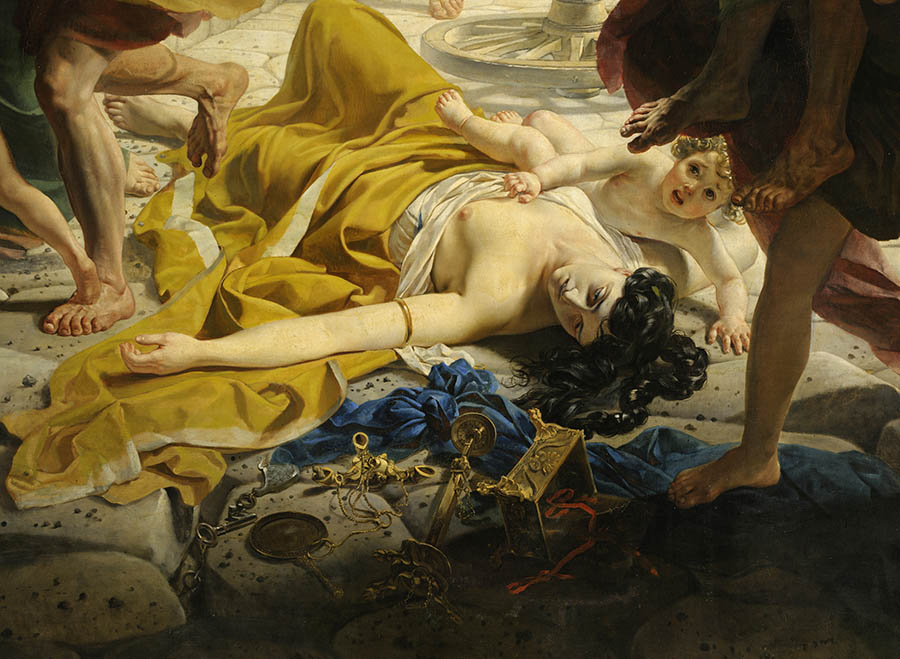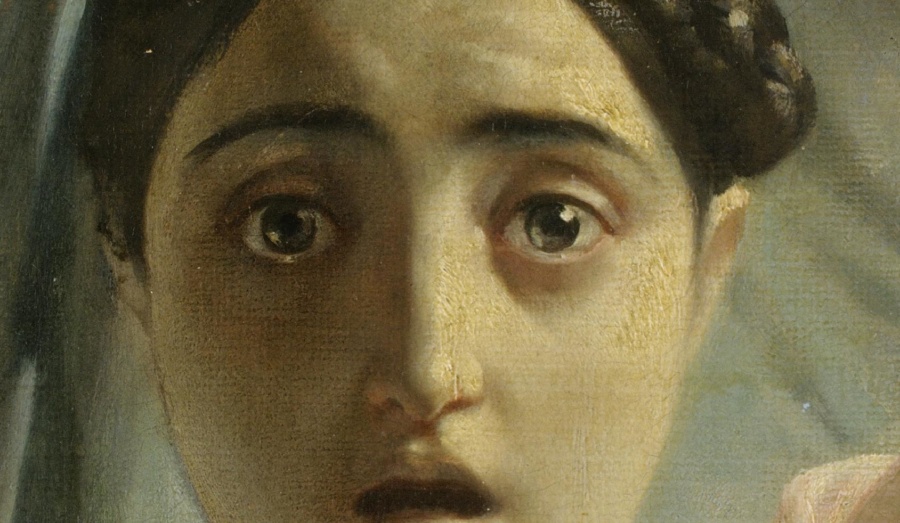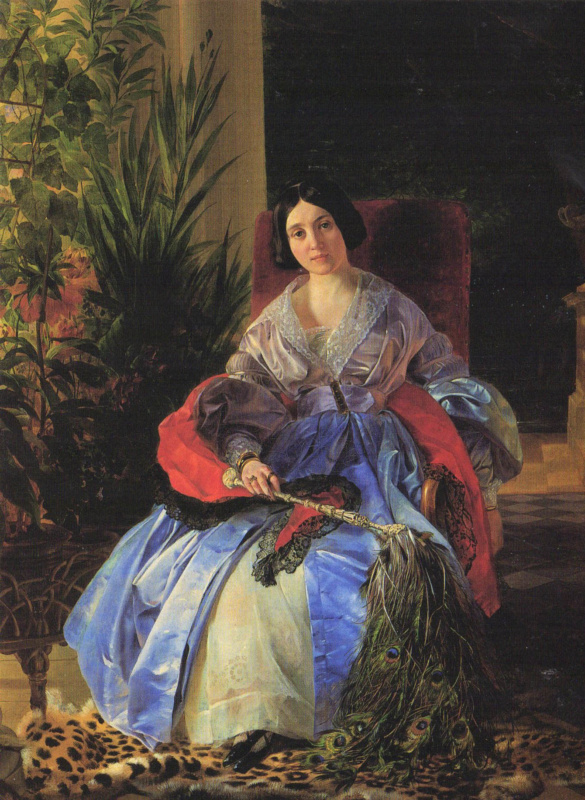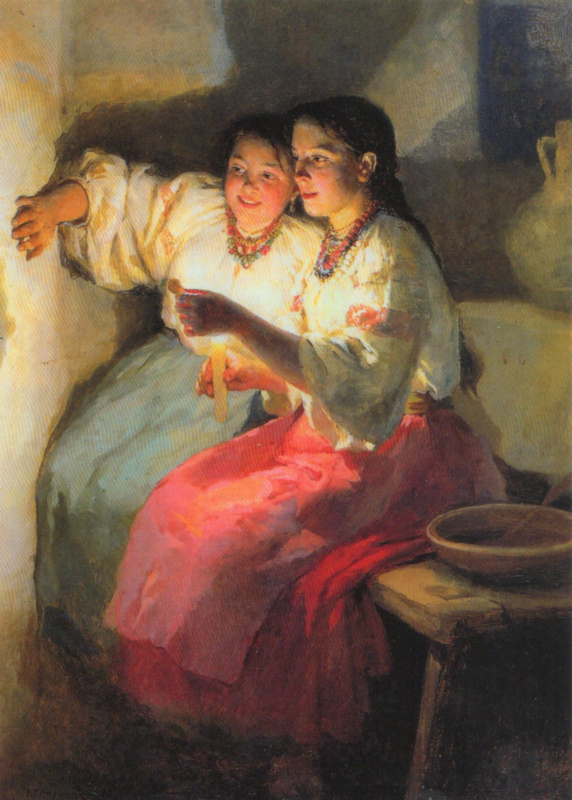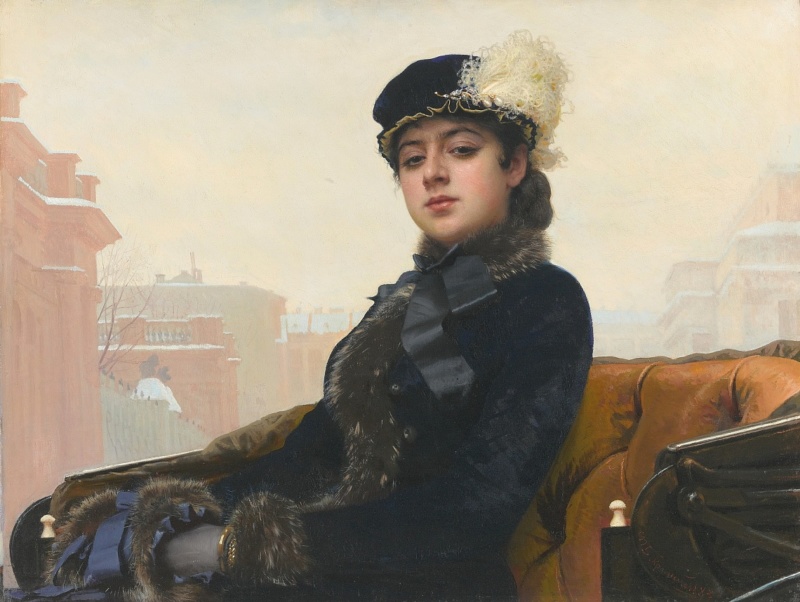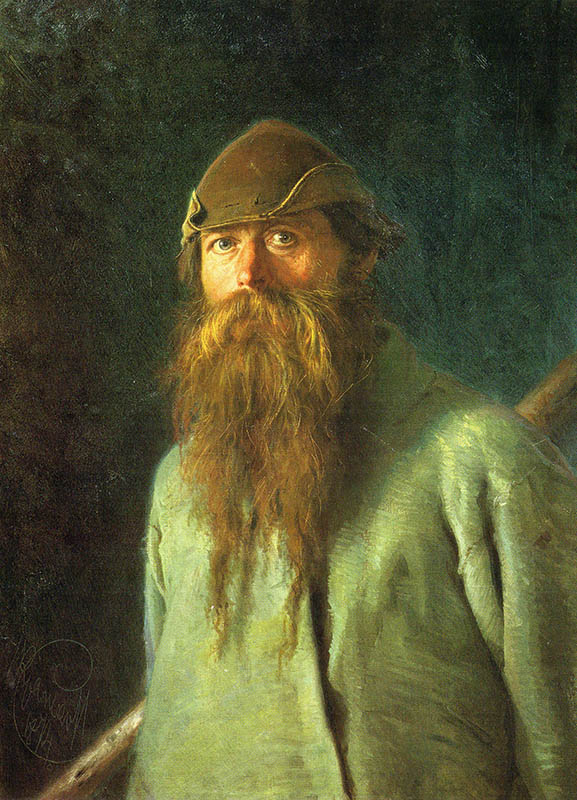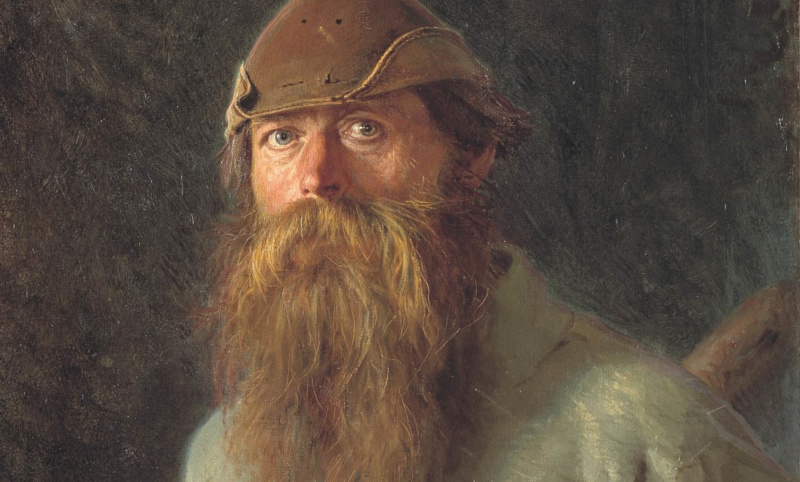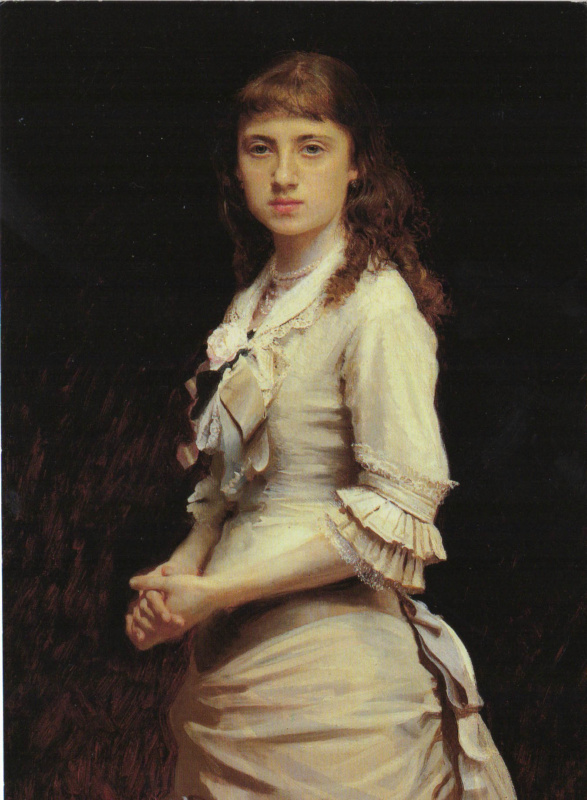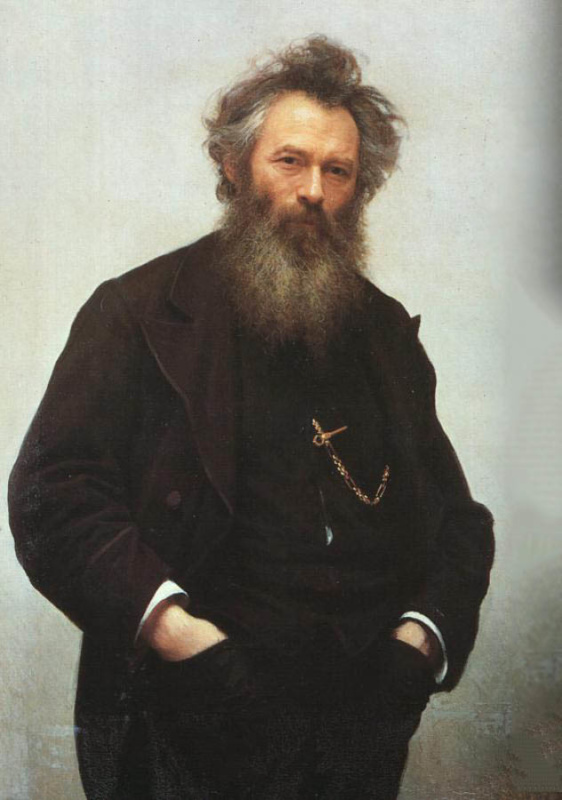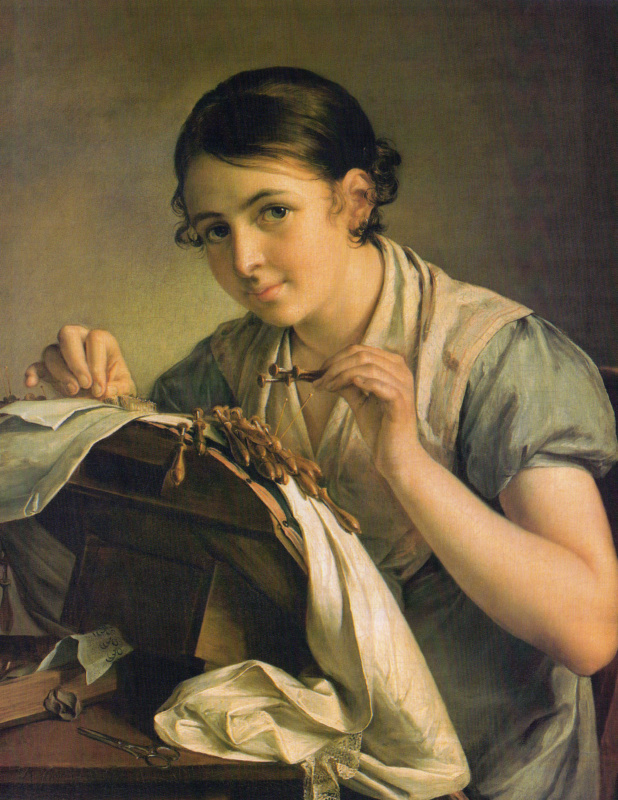Tired giving same old sweater, candle or mug for the holidays? Looking for meaningful art gifts that inspire and stay in the family for years to enjoy? Here are 5 great art gift ideas for an art enthusiast.
#1 Timeless beauty: portrait paintings
Splurge. Celebrate life with portrait paintings that bring peace and beauty home. Big or small, realistic paintings create soothing atmosphere at home and office.
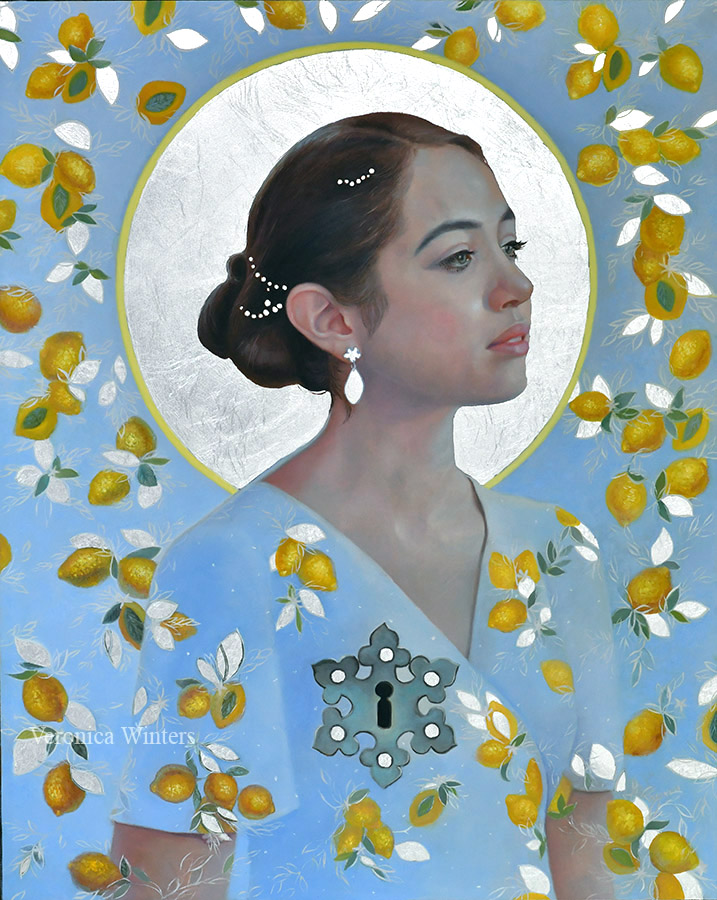
# 2 Personal touch: unique art gift ideas for women
Custom-printed tote bags
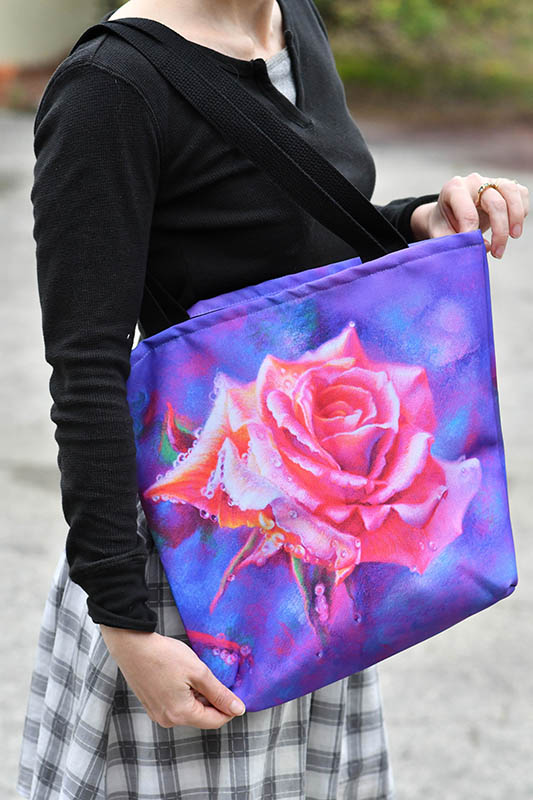
The perfect prep to start her busy day. Our custom-printed, vivid tote bags let her carry stuff to work, beach or go shopping in style. These tote bags come with unexpected benefits: strong handles and high-quality printing. No zipper. Black handles. Identical print is on both sides of the canvas bag.
Order the custom printed tote bags here.
Art Books
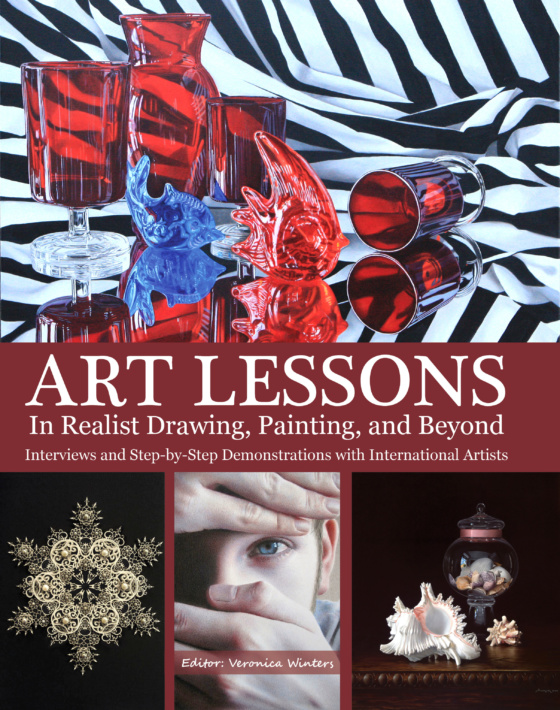
Cheers to the art book that goes wherever she or he does! “Art Lessons in realist drawing, painting, and beyond” includes interviews, pictures and demonstrations from leading contemporary realism artists. Grow your creativity and skill, making art that inspires others. You can order this book on this site or Amazon. https://veronicasart.com/product-category/art-instruction-books/
# 3 Inspiring art posters
Kiss the empty walls good-bye! Affordable art prints help decorate home and office with unique and colorful images. Every art poster is custom printed in California and delivered to your door. Head to the Art Posters section to pick your favorite!
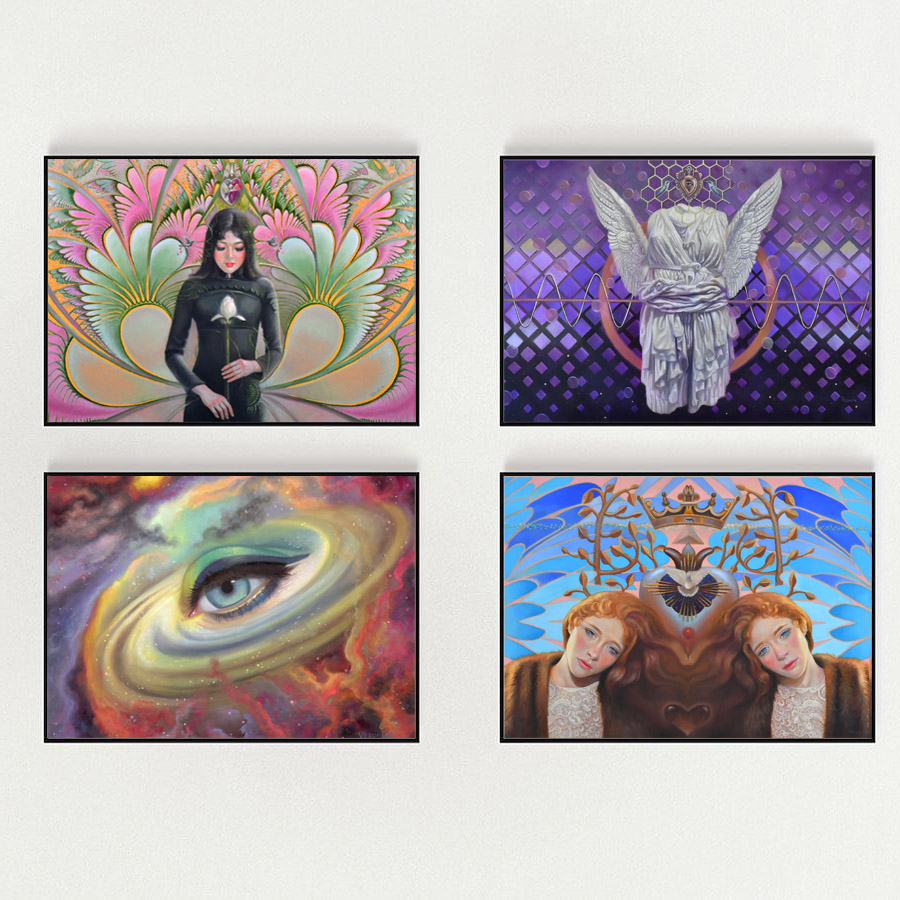
#4 Uplifting as ocean’s breeze: Seascape Necklace handmade pendants with real starfish & sea shells
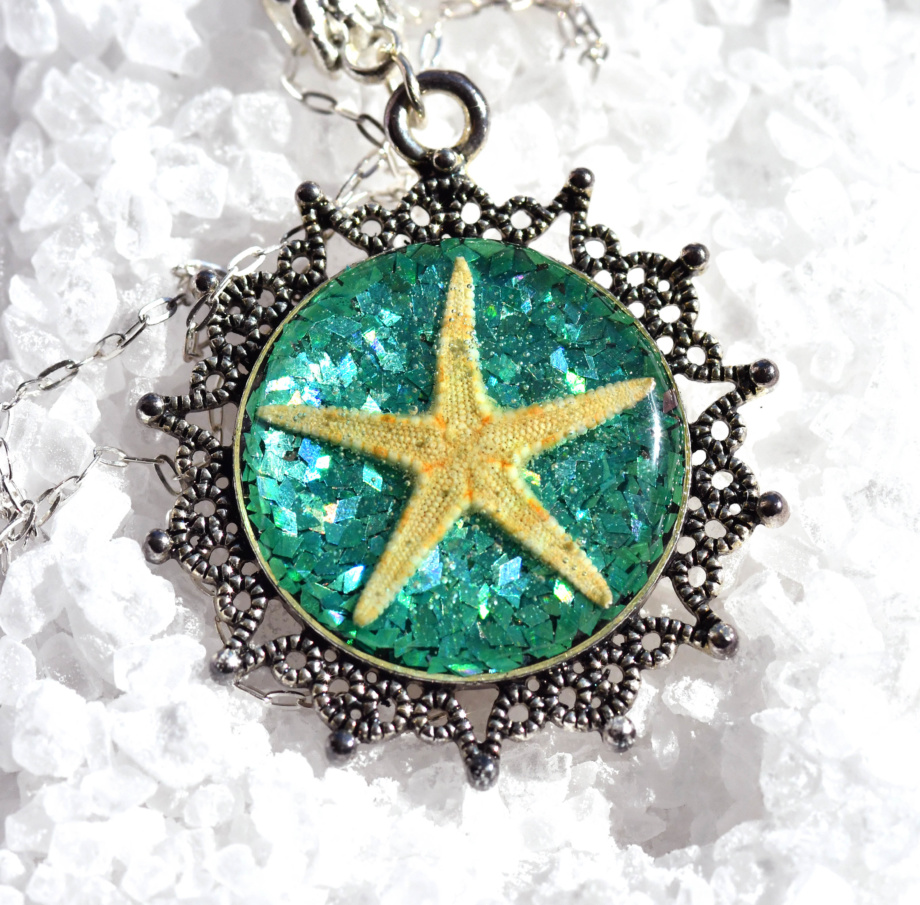
Add a bit of shimmer to her day. These handmade ocean pendants are totally one of a kind that keep fun memories near her heart! Made of resin and glitter, real starfish, sand dollars and seashells, these artful pendants come with sterling silver chains. Contact the artist for details about current selection.
# 5 For a serious beginner in colored pencil drawing: Colored Pencil Techniques Video Course
Give a gift to your mom, dad or that special person who loves to draw. This video course is perfect prep for every beginner in colored pencil drawing. For a limited time when you enroll into this course, you’ll receive promotional pricing and complementary support direct from the artist to complete your projects!
If you are serious about learning and would like to take your colored pencil drawing techniques to the next level, click here to watch a video and several preview lessons from the Veronica Winters Complete Colored Pencil Techniques video course! You’ll learn not only the basics of colored pencil drawing but also some important artistic concepts that make the Artist stand out from a crowd.
